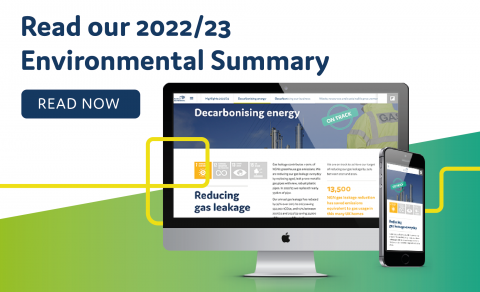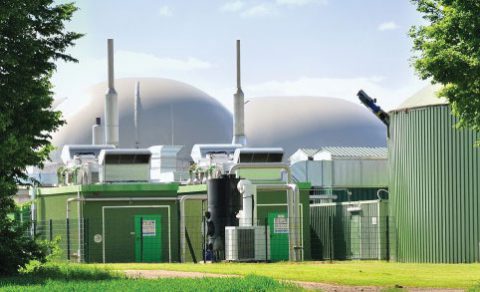The gas is greener
Keeping 2.7 million homes and businesses cooking on gas is a resource intensive business. It’s our responsibility to reduce our day-to-day carbon footprint, while helping green, alternative fuels to flourish.
You can find out more about our efforts to deliver a safe and reliable gas supply, whilst protecting the environment, by looking at the information on this page or by downloading our Environment Health and Safety Policy.
For more information about Biomethane you can visit our dedicated Biomethane website.







